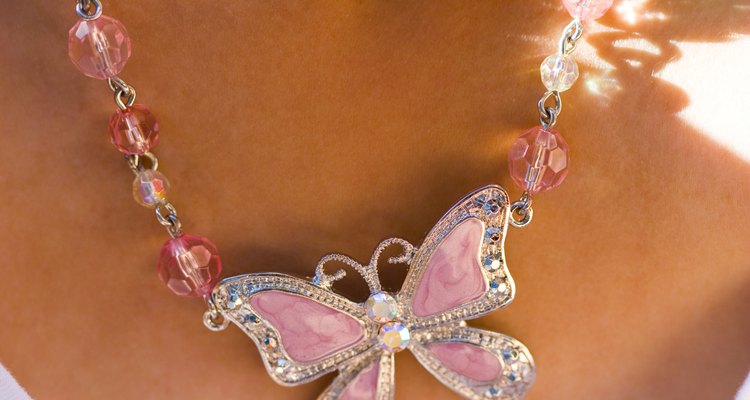
Costume jewelry contains non-precious metals or a mix of non-precious metals and imitation gemstones. Costume jewelry has been around since prehistoric times in the form of shells strung on grasses or reeds and worn as necklaces. However, the golden age of costume jewelry occurred in America during the 1930s through the 1950s. The most common materials used in costume jewelry are non-precious metals, glass, plastics and non-precious natural materials.
Metals
Costume jewelry chains, clasps, and connecting rings are most often made with non-precious base metals such brass, copper, pewter or a mixture of non-precious metal alloys. Pieces are often coated with silver-tone or gold-tone plating to make them look like fine jewelry. In electroplated or filled pieces, the base metals are coated with genuine gold. Costume jewelry can also be coated with genuine silver or rhodium, which is in the platinum family. Coins and other recycled metal objects are also used to adorn costume jewelry.
Crystal and Glass
Manufactured rhinestones and crystal and glass beads are used extensively in costume jewelry to imitate the look of precious gems. The most famous manufacturer of crystal beads and rhinestones is Swarovski in Austria. Rhinestones are faceted crystals shaped like finished diamonds with or without coated backs to enhance them. Daniel Swarovski patented his process in 1895. Since then, rhinestones and crystals have been used extensively in costume jewelry. Glass beads come in all shapes and quality levels. The most artistic, prized beads are Italian Murano art glass beads.
Plastics
Plastics have been used in inexpensive costume jewelry since the late 1800s. Bakelite was invented in 1909. Ironically, Bakelite costume jewelry pieces from the 1920s through the 1940s are highly desirable by collectors, and they pay fine jewelry prices for them. Celluloid, Lucite and thermo-set plastics have also been widely utilized in costume jewelry, especially for inexpensive cameos. Modern resin compounds were used extensively in late 20th century and are still used in today’s costume pieces.
Natural Materials
Natural, organic materials that have been used in costume jewelry for centuries include wood, shells, coral, amber, jet (a coal-like substance), lava, natural crystals, minerals, stones and rocks, clay and animal ivory and bone. While fine pearls from the sea are considered as precious as genuine gemstones, freshwater pearls are used frequently in pieces of costume jewelry. Some natural materials characterize an entire era like the black jet mourning jewelry of the Victorian period or wood and leather jewelry of the 1960s and 1970s.
Related Articles
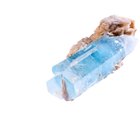
List of the Types of Semi-Precious ...
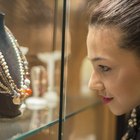
What Is Trifari Jewelry?
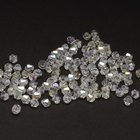
What Is Crystal AB?

What Is a Slave Bracelet?
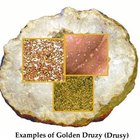
What Is Golden Druzy?
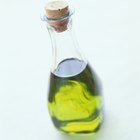
How to Polish a Dull Amber Ring
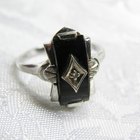
What Is Marcasite Jewelry?

How to Boil Conch in the Shell

How to Clean Sterling Silver & Opals
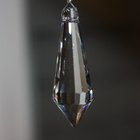
Glass Vs. Crystal Rhinestones

How to Date a Brooch

Mother of Pearl Vs. Shell Buttons
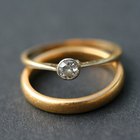
Homemade Cleaner for Oxidized Jewelry

What Is Ceylon Sapphire?
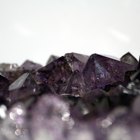
Types of Valuable Crystals

What Is Hog Casing Made Of?

Tanzanite Vs. Diamonds

How to Identify a Josten's Insignia Ring

What Do You Get a Couple Who Has Been ...

How to String Cowrie Shells
References
Writer Bio
Danielle Olivia Tefft is a professional writer, former engineer and a Gemological Institute of America accredited jewelry professional. She owns an online shop specializing in antique and vintage jewelry. She has been published on the web since 2009 and has a wide variety of interests including vintage automobiles, gardening and history.
Photo Credits
Jupiterimages/Pixland/Getty Images